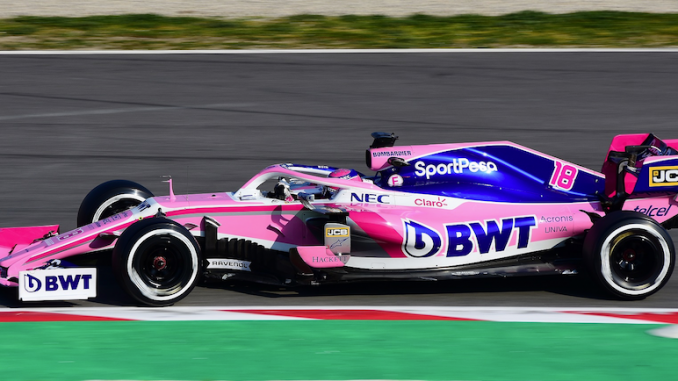
This summer, I fell in love with Formula 1, a sport that few Americans are aware of. Formula 1, or simply F1, is a form of auto racing, and has its biggest audience in Europe. I know many Americans are turned off at hearing the words “auto racing,” with minds immediately drawing connections to NASCAR with their oval tracks and Southern roots. However, F1 is substantially different.
In the 2019 Championship season, there are 10 teams. Each team has two drivers for a total of 20 potential race winners. Every race, known as a “Grand Prix,” is held on a Sunday. Before each Grand Prix, there are practice sessions on Friday and qualifying sessions, which determines the place of a driver for the start of the race, on Saturday. This season, there are 21 races, but it’s susceptible to change per season, just like many other aspects of the sport. The higher up a driver finishes in a race, the more points they and their team will get. The driver with the most points at the end of the season will earn the Drivers’ Championship, and the team with the most points wins the Constructors’ Championship. Most of the time, the driver and their corresponding team will win both championships, but there have been exceptions. At the moment, Lewis Hamilton leads the drivers in points, and his team, Mercedes AMG, lead the constructors in their category.
Unlike NASCAR, each Formula 1 track is different. All of them have their own unique distance, number of curves, straight-aways and chicanes (tight, rapid turns). Each race easily draws crowds of over 100,000 spectators. They’re located all over Europe, Asia and North America, with races being held in Texas and Canada the past few seasons. Famous tracks include the claustrophobic street circuit in Monaco, the night race through Singapore’s roadways, and the storied Silverstone track in Britain, to name a few.
Formula 1 cars don’t look like stock cars at all, rather looking like aggressive, stealthy and elongated spaceships on wheels. They are the culmination of countless years and hours of design, testing and racing experience. Current Formula 1 cars are powered by hybrid engines that can put out over 900 horsepower (HP) and are capable of achieving speeds of over 230 miles per hour. In the past, cars could easily do over 1000 HP, but required more fuel, were much louder and were more prone to failure. High speed crashes of these vehicles, while becoming increasingly rare, are simultaneously awe-inducing and terrifying. Formula 2 (Formula 1’s “development league”) driver Anthoine Hubert was only 22 when he was killed in a rapid collision on Aug. 31. Despite the improving safety, drivers are aware that they risk their lives on the track each time they slide into their four-wheeled bullet.
I follow Formula 1 for the outspoken drama between teams and drivers, the engineering marvels of the vehicles themselves, the sound of the engines, the speed, the driver’s personalities, the wealth, the hordes of passionate fans, the rich history dating back nearly 70 years and much more. I don’t have enough space to describe how amazing the media and technological spectacle that Formula 1 is, so you’ll just have to see it for yourself.

